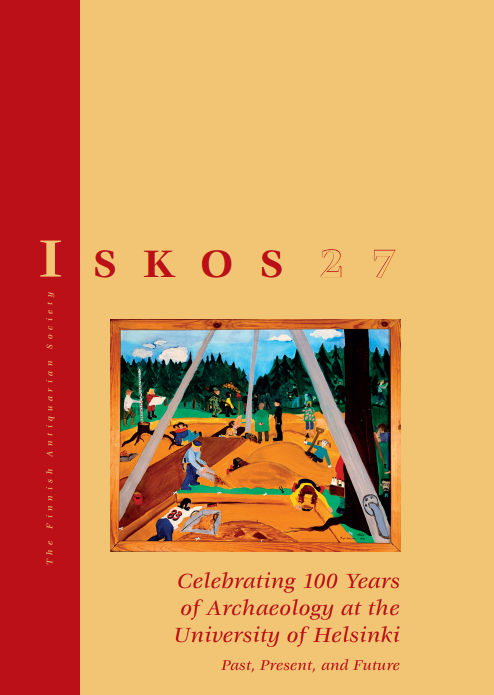South American archaeology at the University of Helsinki in 1984–2023
Abstract
South American archaeology became one of the focus areas of the Department of Archaeology of the University of Helsinki in the 1980s. Martti Pärssinen, then of the University of Turku, first contacted professor Ari Siiriäinen during that time, and these two developed a close partnership that resulted in four major archaeological-historical research projects in the Bolivian Andes and one in the Bolivian Amazon. Several students of archaeology took part in these projects, some of them (Antti Korpisaari, Sanna Saunaluoma, and Risto Kesseli) gradually developing into specialists in South American archaeology. From 1999, when Pärssinen became the first professor of Latin American Studies at the University of Helsinki, until the retirement of Siiriäinen in 2003 (and his premature death in 2004), South American archaeology was arguably at its strongest at the University of Helsinki. Since those years, the institutional home of this research in Helsinki has shifted to Latin American Studies, under the auspices of which archaeological research in Bolivia, Brazil, and Chile has continued to prosper. Considering the small number of researchers and the relatively meagre funding, Finnish archaeological research in South America has produced remarkable results. Two of its most important achievements are the discovery of the ceremonial ceramic destruction deposits of Pariti Island, Lake Titicaca, Bolivia, which contained some of the finest pre-Columbian pottery ever found in the Andean highlands, and the scientific discovery and long-term, multidisciplinary study of the ancient geoglyph-building society of western Amazonia in the state of Acre, Brazil.




